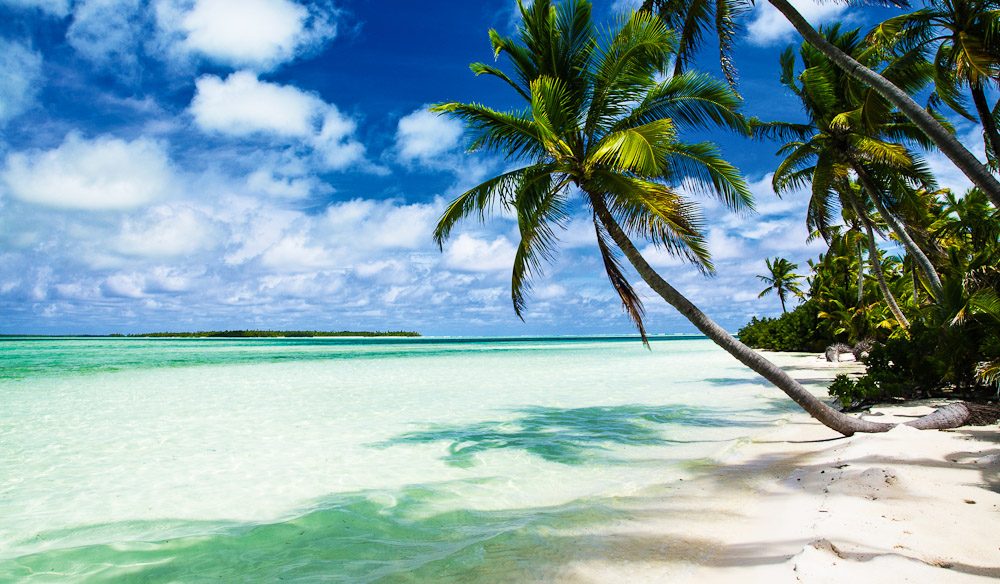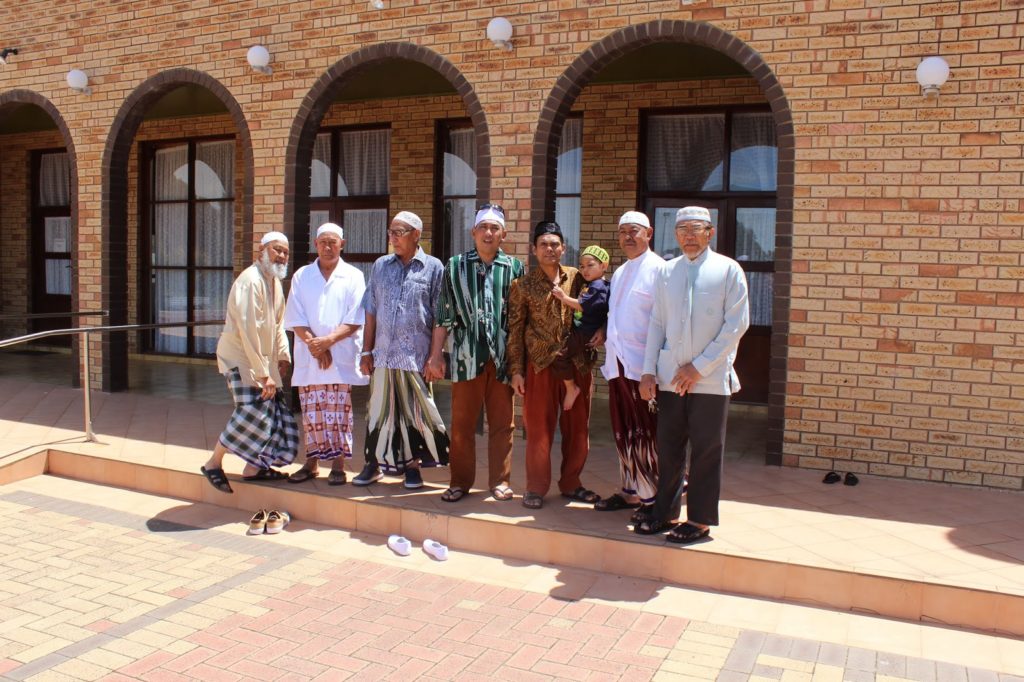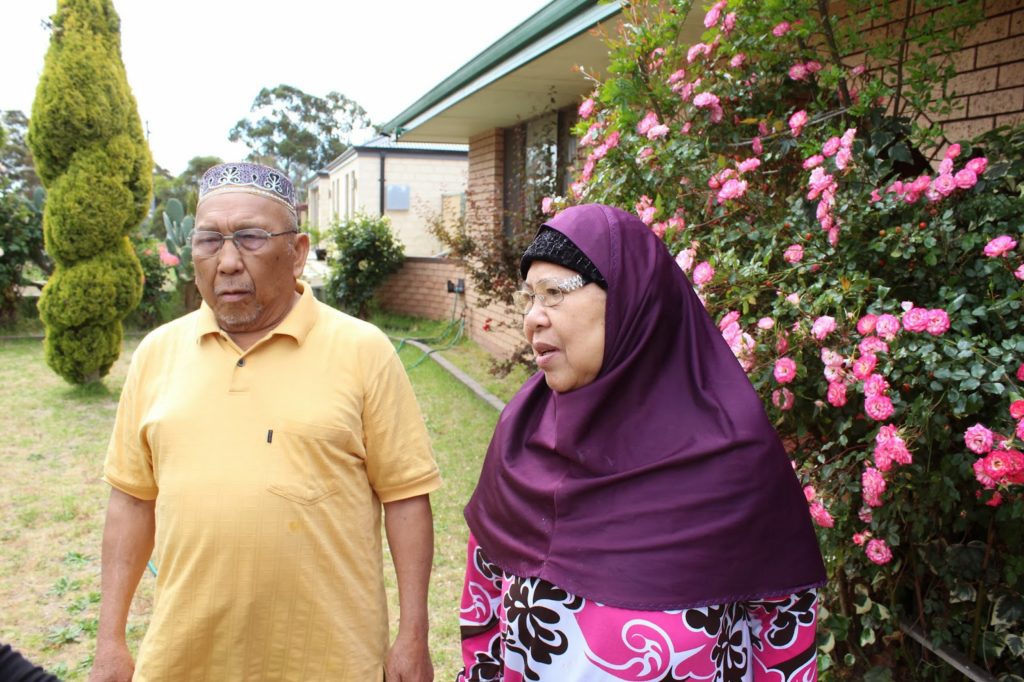Malay community
Katanning’s Malay Community
It is not widely known that Australia possesses a unique and longstanding South-east Asian community with its own ethnic identity and dialect. However, for thirty years, the Malays of the Cocos (Keeling) Islands, have been citizens of Australia.

By December 1983, the leaders of the Cocos community informed the government that they were prepared to proceed to an act of self-determination. The Secretary General of the United Nations was informed and was requested to dispatch an observer mission to the islands. The act would take the form of a plebiscite in which the inhabitants would choose one of the three options.
The three options were independence, free association, or integration with Australia. The following votes were recorded “Independence, 9; Free Association, 21; Integration, 229; Informal, 2” (Tahmindjis 192). The ‘Act of Self-determination”, as it was called, was decisive. By June of that year, the integration was legally complete. Cocos Malays had now tied their lives, and those of their descendants, to the nation of Australia. The “smallest act of self-determination ever” (Tahmindjis 192) was one of the most important events in history of the Cocos Malay people.
2014 marked the 30th year of the integration of the Cocos (Keeling) Islands [2] into Australia. This was the culmination of a larger transformation that made local residents formally entitled to the rights and responsibilities of Australian citizens. This larger transformation also brought an end to more than 150 years rule by a single family–the Clunies Ross dynasty.
Subsequently, in 1984, three Cocos Malays, Parson Yapat, Cree Haig and Wahin Bynie, along with translator Tony Lapsley, travelled to New York to announce the Act of Self-Determination to the General Assembly. It was now official in the eyes of the world: the Cocos Malays of the Cocos (Keeling) Islands had decided to integrate with Australia.
They became what could now be called Australia’s oldest, continuously Islamic and Southeast Asian community.
More reading
The Lost Tribe of Katanning
From: “Indonesia Now”
(First published in the Jakarta Post – 4 December 2013)
By Duncan Graham

Alep Mydie (above centre) bustled out of a side room alongside the mosque, striding ahead of the half-dozen other worshipers who’d been attending a Saturday-morning meeting. As befits an imam he was wearing a fine sarong and peci, the neat embroidered headgear used by leaders, particularly those who have been on the haj. As suits a local government politician who’d just been re-elected he radiated purpose and direction with a firm handshake to match.
The men, some greybeards, many in batik, all looking sage and senior, made small talk. It could have been anywhere in Indonesia – until they wandered across the vast and almost empty car park and into their big air-conditioned four-wheel drives and pick-ups, cars with grunt. Not a motorbike in sight.
Alep was in a hurry. He had an important meeting on the coast, 230 kilometers distant. It would take him under three hours to get there and with no toll road. This is life in Katanning, Western Australia, for the 400 men and women whose ancestors came from Java and Sumatra – and maybe other places.
“But we don’t know who they were,” lamented Alep. “There are so few records. It’s as though our past has been wiped clean. It’s so sad.” Compounding the situation is that the people were originally called ‘Cocos Malays’, a reference to their ethnicity, not their ancestor’s nationality.
What is known is that during the 19th century indentured workers were brought from the archipelago, and probably the Malay Peninsula to labor on two little groups of Indian Ocean islands. The larger, Christmas Island, is less than 500 kilometers south of Jakarta. It’s Australian territory principally used as a detention center for Middle Eastern asylum seekers ferried from Indonesia.
The Cocos/Keeling islands, two atolls 900 kilometers southwest of Christmas Island, share a similar history and administration. The workers processed copra. On Christmas Island they mined phosphate deposits, the excreta of millions of seabirds over thousands of years. The mineral was shipped to Western Australia and used to enrich the poor soils of the State’s wheatbelt, turning vast areas into productive lands.
Christmas Island was named in 1643 when a British ship sailed past but the island wasn’t explored till 1857. The British declared it theirs and later started to mine the phosphate deposits. The islands were administered through Singapore. In 1957 the British handed the island to Australia when they were largely forgotten. But in 1979 Gordon Bennett [2], a trade union leader from Britain arrived and revealed the men were not being paid award wages. His campaign to end pay discrimination resulted in proper salaries but higher phosphate prices that closed the mine.
But what to do with the people? They remained a separate community, ethnically, culturally and religiously tied to Indonesia, though with no known relatives left in the Republic. But in law they were Australian citizens because they had been born on Australian territory. On Cocos/Keeling a referendum was held in 1984 with most voting for integration with Australia.
With no work left the government was forced to fly them to the mainland. Between 1973 and 1979 most went to Katanning 290 kilometers southeast of Perth, and a most unlikely place to drop Muslims from the tropics. Katanning is hot in summer and freezing in winter, a town of tall gum trees and quiet streets. It was founded in 1889, an archetypal wheat and wool center dominated by conservative broadacre farmers who’d grown their crops using fertilisers made from Christmas Island phosphates.
But a new meat works was in need of labor. The men slaughtered the sheep and their wives worked on the boning tables. The company made allowances for its Islamic workforce, exchanging Australian public holidays like the Queen’s Birthday for Idul Fitri. Friday is worked as a short day so employees can pray. More recently the meat works has started employing refugees from Afghanistan as the descendants of the original ‘Cocos Malays get higher education and better jobs. About ten per cent of Katanning’s population is Muslim, compared to a national average of 2.2 per cent.
“The women had come from the islands so we all spoke Indonesian,” said Jenifa Lloyd-George (pictured below). When born she was given an English label by island authorities too lazy or prejudiced to respect Malay names. (David Lloyd-George was Prime Minister of Britain early in the 20th century.) She’s now aged 73 and retired on an Australian pension after 30 years working at the abattoir with her husband Enjia Corrie, 75. Their grandchildren have married Muslims and moved to other parts of Australia. The couple maintain their culture with the help of a giant satellite dish in the backyard of their spacious and modern house.
On the lounge wall an evil husband mixes a poison potion for his pregnant wife so he can run away with the new woman – a sinetron (soap opera) beamed directly from Jakarta to the cinema-sized flat screen TV monitor. When the contrived passion palls she flicks to a direct telecast of pilgrims circling the Kabah. Outside wattlebirds sip nectar in the couple’s flower-filled garden while the ruthless Australian sun roasts the ochre landscape.
“We’ve adjusted, but it hasn’t always been easy,” said Jenifa. “In winter the temperature can drop to zero. I miss fresh tropical fruits like papaya and bananas, but everything else is OK. There’s been no discrimination. “Would we go back to Indonesia? Why? I wasn’t born there and there’s nothing for us. We’d get nothing. On the islands we were segregated and lived in poor housing with few facilities.”
Within four years of settling in Katanning the couple had started buying a house. “In the Cocos I worked as a carpenter and got ten and half rupiah a week for boat building,” said Enjia. “Here we got proper wages – that number of dollars in an hour.”
The mosque was opened in 1981, less than ten years after the first arrivals, by the first Prime Minister of Malaysia, Tunku Abdul Rahman. Before then prayers were held in local halls, even a winery. Alep Mydie came to Katanning in 1974 as a child with his father who worked as a halal slaughter man. Alep’s grandfather had been an imam so it seemed natural to follow the family tradition. He’s also a marriage celebrant. “There’s been good cooperation with local churches,” he said. “We all live in harmony here. The secret is to assimilate but stay true to your traditions and beliefs.”

Original story posted HERE >>>
More reading
Visit the MALAY ASSOCIATION OF KATANNING’S Facebook Page
WAMMCO loses four more “Early Settlers”
Another group of four Cocos and Christmas Islanders who moved with their families to Katanning in the mid-1970’s, soon after the town’s export meatworks was established, recently retired after serving up to 38 years with successive owners of the plant, – Southern Meat Packers, Metro Meat International and WAMMCO International. Continue reading
Katanning Farewell
A pioneering couple responsible for assisting many Christmas Island families to take up new lives in Katanning, was recently farewelled by WAMMCO staff. Butler Bin Ezen and his wife, Rokiah Ali came to Katanning in 1975, when Butler was the second Christmas Islander to take up work at the original Southern Meat Packers plant soon after it opened. Continue reading
WAMMCO Retirees from diverse backgrounds
WAMMCO International has farewelled two of its longest serving employees, Christmas Islander Amalan Alna and Polish refugee Richard Carson who both retired on June 30 after more than 30 years with the group. Continue reading
Malaysian Australians
From Wikipedia
Malaysian Australians refers to Malaysians who have migrated to Australia or Australian-born citizens who are of Malaysian descent.
Australia’s Malay Population
New Mandala – 15 June 2014
Nicholas Herriman
It is not widely known that Australia possesses a unique and longstanding Southeast Asian community with its own ethnic identity and dialect. However, for thirty years, the Malays of the Cocos (Keeling) Islands, have been citizens of Australia. In this article, I recount how the islands and their residents became part of Australia. Continue reading
In the News
ABC NEWS
18 August 2018
The towns where multiculturalism works, built on a foundation of tolerance
ABC NEWS
9 December 2018
Young women light FUSE for next generation of migrant leaders
SBS NEWS
28 June 2016
Migrants bring economic growth and diversity to West Australian town
ABC NEWS
23 June 2016
Election 2016: Muslim pioneers lay foundation for migration success story
West Australian
23 November 2015
Katanning makes multiculturalism look easy.
Malay community. Malay community. Malay community. Malay community. Malay community. Malay community. Malay community. Malay community. Malay community. Malay community.
